Knowing where you stand is the first step to finding ways to improve your organization’s supply chain planning processes. And once you understand your baseline, benchmarking enables you to identify gaps, find successful practices that drive higher performance, and then establish realistic goals.
For a balanced look at your supply chain planning efforts, APQC recommends four key performance indicators (KPIs).
Cost Effectiveness
Supply chain planning costs are best measured by the total cost to perform the process group “plan for and align supply chain resources” per $1,000 revenue. It is normalized (or divided) by revenue in thousands of dollars so organizations of different sizes can effectively compare performance. Expenditure varies widely, but there is a sizeable gap in performance, with bottom performers’ costs more than four times higher than top performers. By moving from bottom-performer to top-performer an organization with $1 billion in annual revenue can realize a potential cost savings of $17.9 million.

Process Efficiency: Staffing
The number of full-time equivalent employees involved depends on the productivity of the different functional areas participating in the sales and operations planning team.
To maximize the output per FTE in supply chain planning, APQC recommends:
- Supply chain planners stay in close and proactive contact with their colleagues in marketing, advertising, and other key functions to minimize surprises and disruptions in supply and materials.
- Consider technology such as radio frequency identification (RFID) systems and advanced software packages to help drive real-time inventory visibility with suppliers and demand visibility with customers while decreasing the amount of human intervention required.
- In addition, to remove redundancies, organizations should explore the possibility of a shared services center or other centralized organization providing supply chain planning services.

Process Efficiency: Perfect Order Performance
The last of the KPIs is perfect order performance. APQC defines perfect order performance as flawlessly taking and fulfilling a customer order. It includes recording the order correctly, allocating inventory immediately, delivering product on time, and sending an accurate invoice. It spans more activities than other traditional, functional metrics that look at performance in a silo.
APQC's research has found that top performers in perfect order performance:
- Align supply capabilities with customer demand,
- Collaboratively plan, forecast, and replenish supplies,
- Implement network optimization tools to model the supply chain network,
- Provide real-time information on the status of production processes to partners,
- Examine and analyze transportation spend across the enterprise, and
- Automate routing and scheduling across the organization.
After your organization establishes its measures, collects data, and sets baselines, you are ready to begin working on closing your gaps on these critical KPIs.
Source APQC







.jpg)
.jpg)
